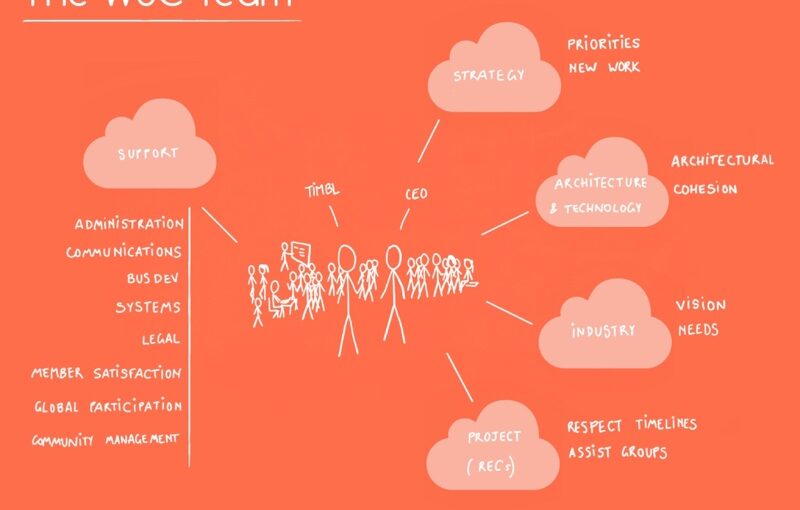I made a French translation of this post: Ces stéréotypes qui nuisent aux femmes au travail.
We are near the end of the first quarter of the 21st century, and despite decades of a rich world history of advocating for equal rights for women, it saddens me that so many among us are still not aware of the common biases that hold back or hurt women, and it dejects me that some among us are fighting for the status quo.
International Women’s Day (March 8) is observed world-wide as a day celebrating the social, economic, cultural and political achievements of women (or, as commemoration of the struggle for women’s rights.)
2023 marks the 115th observance of the day.
Today, I’d like to raise awareness on the biases against women, as these affect women particularly in the workplace.
Indulge me as I illustrate the biases in the workplace with examples from the most excellent 60s advertising drama “Mad Men” with actor Jon Hamm as leading character Don Draper, creative director extraordinaire. The whole series tells with remarkable historical accuracy the story of women in a world of men, making their mark, becoming themselves in spite of rampant chauvinism.
- Bias
- Biases against women in the workplace
- Negative impact of bias in the workplace
- Common bias in the workplace illustrated
- Be part of the solution
- Sources
- Read more
Bias
A bias is a predisposition, a preference or an inclination, especially one that inhibits impartial judgment. Biases lead to bad decisions. I could fall into the rabbit hole and digress on how economics Nobel prize winner Daniel Khaneman illustrates in “Thinking Fast and Slow” how all of us are constantly manipulated to make bad decisions (many of which benefiting capitalism) because of our biases, but I don’t have it in me to bore you with this!
Internal biases are not just hurtful, they can be harmful. When it comes to the livelihood of people, internal biases are unfair to women, and even more so to women who are far from “the norm” in their age, background, race, sexual orientation, religious beliefs.
Biases against women in the workplace

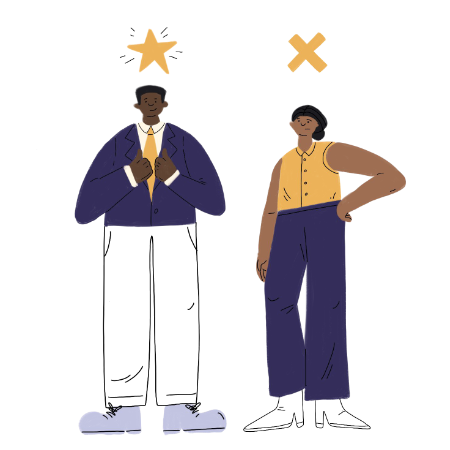
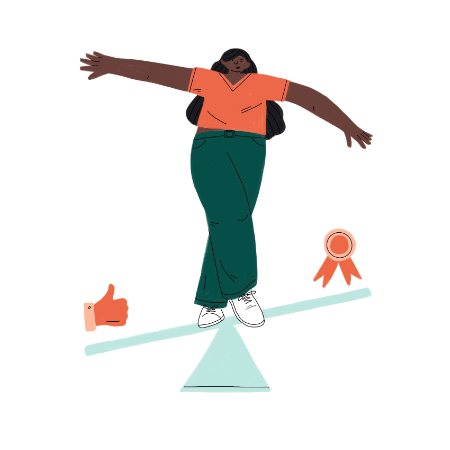
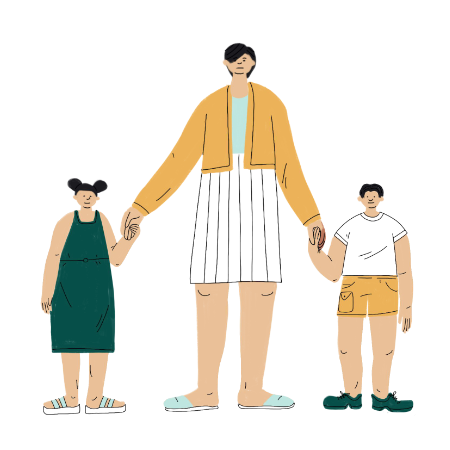
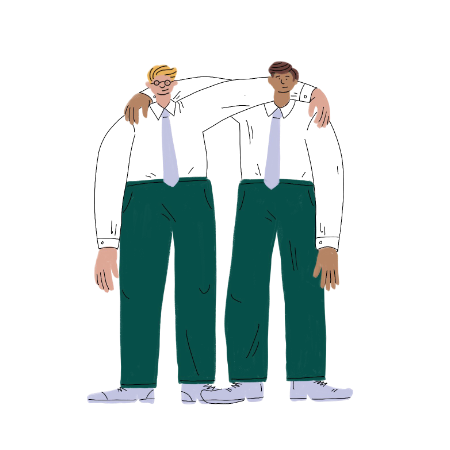

Negative impact of bias in the workplace
Individually, or compounded, these stereotypes take form in very real examples most women encounter in the workplace:
- Unequal pay
- Diminished responsibilities
- Discrimination
- Glass ceilings
- Microaggressions
- Sexual harassment
- Wasted talent or missed talent
- Burnout
Common bias in the workplace illustrated
Performance bias
This is your bad old stereotype that gender, like DNA, predisposes people to certain jobs because of their intrinsic competence. Performance of women are underestimated while performance of men are overestimated.
The gender pay gap (or gender wage gap) is a clear illustration of performance bias, where women receive less pay for performing the same work.
Example: In the first episode of the first season of the 60s advertising TV series “Mad Men”, when Rachel Menken seeks the advertising agency to help attract refined and wealthy customers to her father’s Jewish department store, a ploy of the agency owner to garner Rachel’s patronage is to invite to the meeting his only Jewish employee who comes from the mail room, so when the agency’s star creative director Don Draper enters and sees that man for the first time next to Rachel, he immediately reaches out to shake the man’s hand, assuming he must be the store owner.
Attribution bias
A sibling of the performance bias that stems from our perception of value. Attribution bias is when we believe that women’s accomplishments aren’t as valuable as that of men’s. So women are given less credit, more blame, and therefore are held to much higher standards than men in an attempt (unfortunately commonly futile) to prove their worth in the workplace.
This is attribution bias at work when even women believe their contributions to have less merit than men’s, or when women’s confidence gradually erodes as a result. It is also attribution bias which dictates that men apply to jobs or promotions when they meet 60% of the criteria, and that women abstain until they meet 100%.
The “glass ceiling” is a metaphorical invisible barrier that prevents qualified women to take jobs they deserve and rise in the workplace.
Example: “Mad Men” central character Peggy Olsen embodies the hidden gem that fate has put on the path of her own full realisation and of turning the advertising industry’s crass commercialism into witty art. She progresses through the series first as a secretary and climbs the ladder to become a junior copywriter, and then with much much much effort and difficulty, becomes the top copywriter in the office.
Likeability bias
The patriarchy provides men with the right to be assertive, to take charge, to lead and when they do it feels natural and they fulfill their role. But society expects women to be gentle, docile, nurturing, so when they assert themselves they trigger unfavourable reactions. The dissonance between traditional gender roles and exhibited traits leads to dislike. So when women assert themselves, they are called intimidating, aggressive, bossy and are disliked.
An interesting paradox of the likeability bias is that it leads to the attribution bias in a double bind: an agreeable and kind woman inspires less competence. In other words: women can not win.
Example: Megan Calvet in “Mad Men”, a former aspiring actress whose talent and abilities are plentiful, becomes Don Draper’s wife. She blooms into a liberated woman full of prospect and eventually wilts at the hands of a husband who sets her up to fail, gaslights her in all sorts of ways and ends up falling out of love with her because he doesn’t understand her.
Maternal bias
The maternal bias is the absurd belief that mothers are less committed and less competent at their jobs, that any ability or competence in the workplace is throttled once a woman becomes pregnant, and fully extinct by the time the woman becomes a mother.
This bias, which compounds the performance bias, results in fewer opportunities for women, and higher standards than fathers.
Example: Faye Miller, “Mad Men”‘s marketing research consultant, tells Don Draper that she “chose” not to have children so as to have a career. Peggy Olsen used elaborate clothing tricks to hide her pregnancy and pretended illness when she had to give birth and then gave the baby up for adoption because having a career was her life. Women with professional aspirations were often forced to make sacrifices in the 60s because employers were well within legal rights to fire women who had babies.
Affinity bias
This is the tendency people have to gravitate and tilt toward those similar in appearance, beliefs, and backgrounds. A pernicious or vicious side-effect is to tend to avoid or even dislike people or groups who are different.
Given that the workplace is dominated by white male in position of power, this bias affects women, and in particular women of colour. This is the bias that leads to most of the workplace prejudice: unfair hiring decisions, unfair promotions, ideas being dismissed or stolen.
Example: Joan Holloway of “Mad Men”, the advertising agency office manager who knows the ins and outs of the place and has achieved the highest status among the women caste, navigates the workplace upward by being savvy. She uses her wit, a lot of patience, and even pays the unimaginable price of sleeping with a potential client in the pursuit of making a partnership which is simply destroyed by Don Draper when he arbitrarily terminates that client. Ultimately Joan gets a well-deserved promotion, but not after a fair assessment of her merit, but because a man in power makes a decision on a whim.
Intersectionality bias
This bias compounds gender bias with biases against other groups. Men and women who are from three or more minorities experience that they don’t belong anywhere. Compounded biases are at the root of harmful discrimination against gender, race, sexual orientation, religious beliefs, age, disabilities, background, or all of the above.
Example: I don’t think the show addressed intersectionality bias. “Mad Men” chose to denounce racism in the workplace rather obliquely by showing anecdotal imbalance and power plays between characters as part of going deeper in their respective timelines, as if to set the stage for the abrupt and striking gesture of having the elderly eccentric agency founder Bert Cooper, the most charming and endearing character of the set, exhibit overt racism when he spotted Dawn, an eminently capable Black woman, in the lobby as receptionist. He immediately asked office manager Joan to reassign Dawn. “I’m all for the national advancement of colored people, but I do not believe they should advance all the way to the front of this office.”
Be part of the solution
Nobody is immune from biases
Did you know that in a group of 100, 76 people associate men with career and women with family?
Did you know that in a group of 100, 75 people show a preference for White people over Black people (this is even true of half of the Black participants)?
You can learn more about and even take Harvard’s Implicit Association Test (IAT)
Awareness (of the general notion of internal bias, of one’s particular biases, of the workplace common biases) isn’t enough. If you think of it, and unless you’re a vile hypocrite, you know that studies are right when they demonstrate that colleagues from diverse teams are more aware, more committed, and work better. Or when they demonstrate that organisations with more women in leadership have more generous policies and create better products.
Why? Because if women are included, it becomes easier for any other group to be included too. We all rise when women rise.
Break the bias in the workplace
- Raise awareness by training employees to identify and recognise bias.
- Reduce risk of bias by setting clear and defined criteria (for hiring, for performance review, for promotion opportunities.)
- Make deliberate room for gender equality, diversity, and inclusion in any case where a measured decision can be taken.
- Set goals for gender equality, diversity, and inclusion.
- Implement accountability for the goals that have been set.
- Audit regularly internal pay rates and gap, and gender distribution. Challenge leadership roles domination by middle-aged white cis-gender males.
- Make it easy, safe, and effective for anyone to speak up against bias.
- Give actual means to ensure that no unhealthy environment and behaviours fester.
Sources
- IWD 2023 50 Ways to Fight Bias resource and training program (PDF)
- Lean In’s Learn how gender bias impacts women’s experiences at work (12-minute video)
Read more
- World Economic Forum (WEF) 2022 Global Gender Gap Report (PDF)
- McKinsey’s study: Women in the Workplace 2022 (study of women in corporate America)


